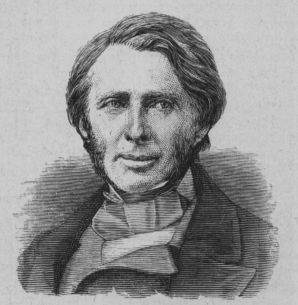Art criticism
Art criticism is the discussion or evaluation of visual art. Art critics usually criticize art in the context of aesthetics or the theory of beauty. The goal of art criticism is to achieve a rational basis for the appreciation of art, but it is also often tied to theory. The variety of artistic movements has meant that the types of art criticism have also changed.
History[edit | edit source]
Art criticism has a long history, dating back to the ancient Greeks. The philosopher Plato was one of the earliest art critics, who believed that art was an imitation of reality and thus inferior to the truth. His student, Aristotle, had a more favorable view of art, seeing it as a form of catharsis and a way to understand the world.
During the Renaissance, art criticism became more formalized. Giorgio Vasari's "Lives of the Most Excellent Painters, Sculptors, and Architects" is considered one of the first works of art history and criticism. In the 18th century, the field expanded with the writings of Denis Diderot and Johann Joachim Winckelmann, who emphasized the importance of historical context in understanding art.
Modern Art Criticism[edit | edit source]
In the 20th century, art criticism became more diverse and complex. The rise of modernism and later postmodernism introduced new theories and methods of critique. Critics like Clement Greenberg and Harold Rosenberg were influential in promoting Abstract Expressionism in the United States. Greenberg, in particular, emphasized the importance of formal qualities in art, such as color, line, and composition.
Postmodern art criticism often challenges the idea of a single, authoritative interpretation of a work of art. Critics like Rosalind Krauss and Hal Foster have explored the ways in which art interacts with culture, politics, and identity.
Methods of Art Criticism[edit | edit source]
Art criticism can take many forms, including:
- Formal Analysis: Examining the visual elements of a work, such as composition, color, and technique.
- Contextual Analysis: Considering the cultural, social, and historical context in which the work was created.
- Theoretical Analysis: Applying various theoretical frameworks, such as feminism, Marxism, or psychoanalysis, to interpret the work.
Notable Art Critics[edit | edit source]
Related Pages[edit | edit source]
- Aesthetics
- Art history
- Modernism
- Postmodernism
- Abstract Expressionism
- Feminist art criticism
- Marxist art criticism
- Psychoanalytic art criticism
Search WikiMD
Ad.Tired of being Overweight? Try W8MD's physician weight loss program.
Semaglutide (Ozempic / Wegovy and Tirzepatide (Mounjaro / Zepbound) available.
Advertise on WikiMD
|
WikiMD's Wellness Encyclopedia |
| Let Food Be Thy Medicine Medicine Thy Food - Hippocrates |
Translate this page: - East Asian
中文,
日本,
한국어,
South Asian
हिन्दी,
தமிழ்,
తెలుగు,
Urdu,
ಕನ್ನಡ,
Southeast Asian
Indonesian,
Vietnamese,
Thai,
မြန်မာဘာသာ,
বাংলা
European
español,
Deutsch,
français,
Greek,
português do Brasil,
polski,
română,
русский,
Nederlands,
norsk,
svenska,
suomi,
Italian
Middle Eastern & African
عربى,
Turkish,
Persian,
Hebrew,
Afrikaans,
isiZulu,
Kiswahili,
Other
Bulgarian,
Hungarian,
Czech,
Swedish,
മലയാളം,
मराठी,
ਪੰਜਾਬੀ,
ગુજરાતી,
Portuguese,
Ukrainian
Medical Disclaimer: WikiMD is not a substitute for professional medical advice. The information on WikiMD is provided as an information resource only, may be incorrect, outdated or misleading, and is not to be used or relied on for any diagnostic or treatment purposes. Please consult your health care provider before making any healthcare decisions or for guidance about a specific medical condition. WikiMD expressly disclaims responsibility, and shall have no liability, for any damages, loss, injury, or liability whatsoever suffered as a result of your reliance on the information contained in this site. By visiting this site you agree to the foregoing terms and conditions, which may from time to time be changed or supplemented by WikiMD. If you do not agree to the foregoing terms and conditions, you should not enter or use this site. See full disclaimer.
Credits:Most images are courtesy of Wikimedia commons, and templates, categories Wikipedia, licensed under CC BY SA or similar.
Contributors: Prab R. Tumpati, MD






